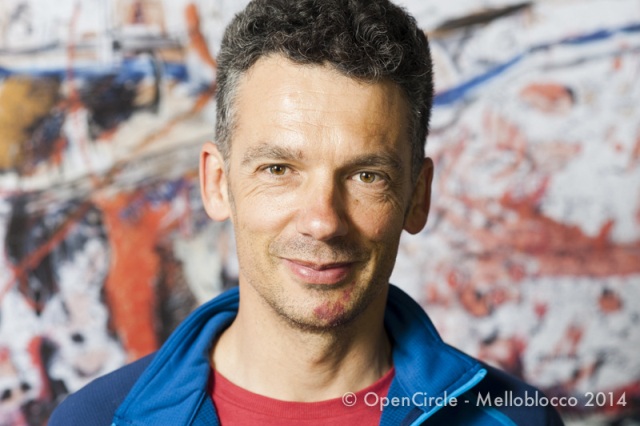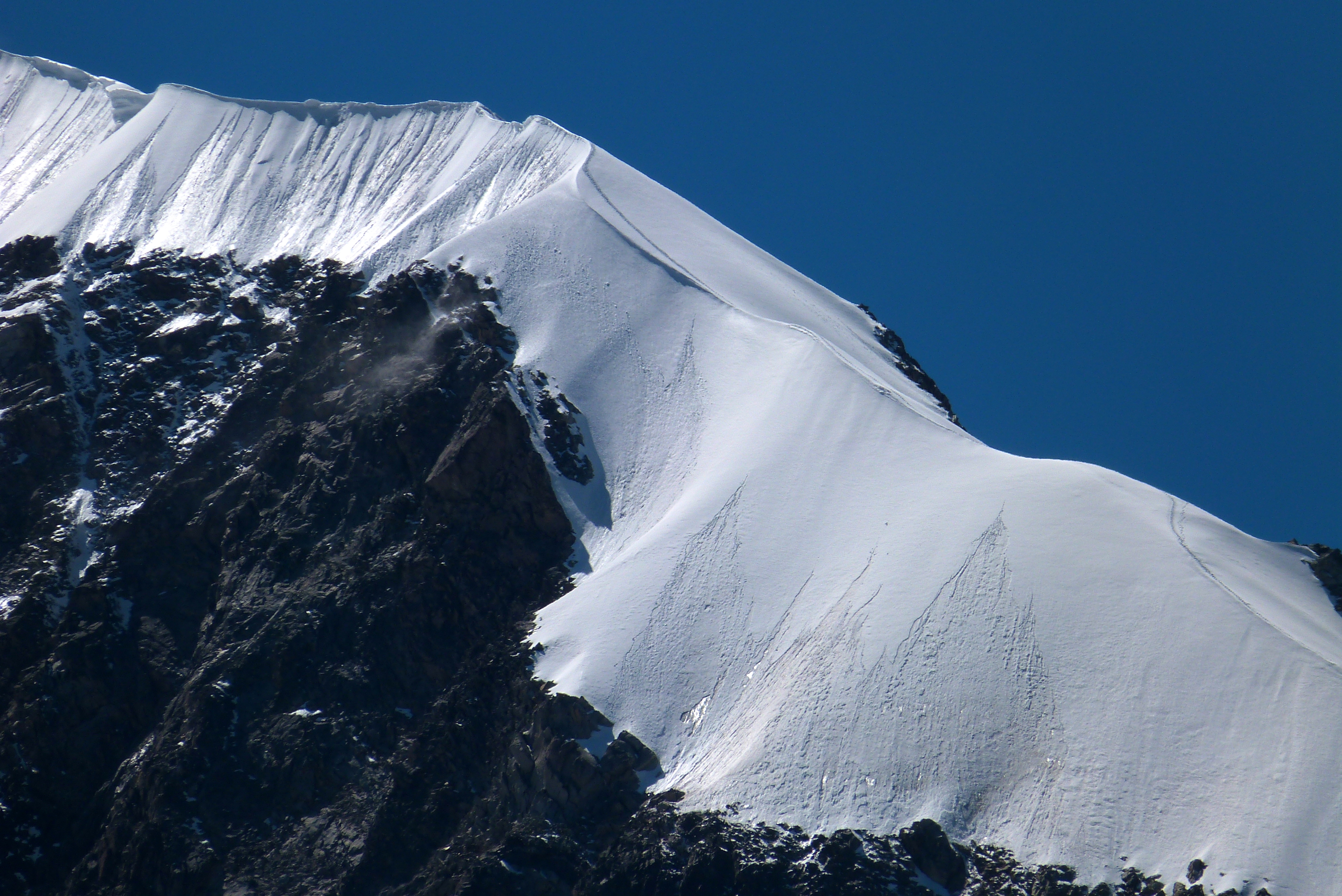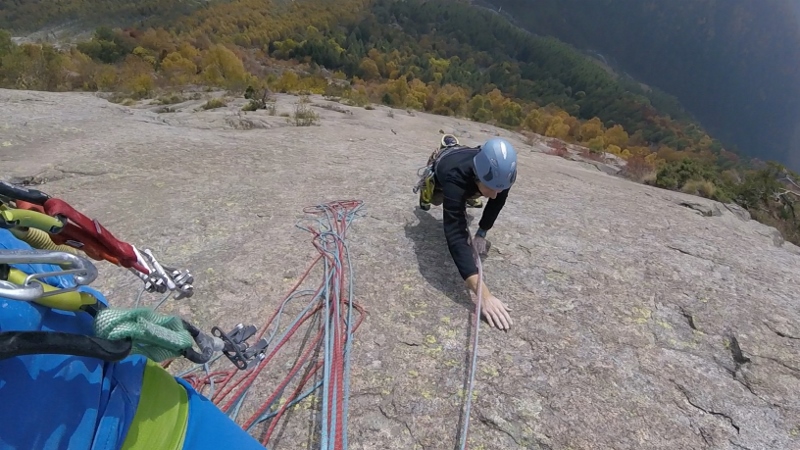Mountaineering and climate change

Courtesy of Planetmountain, a reflection by Michele Comi on the prospects of a mountaineering increasingly influenced by climate change.
It’s late autumn, but the sun at noon still heats up a lot, carrying a summer tail that struggles to stop after so many hot weeks. The glaciers show all their suffering, the accumulation areas (covered with snow) are now confined and hidden in the highest and shaded corners of the peaks, while much of their surface shows a live and exhausted ice, furrowed by melting channels, maze of cracks and dark slides covered with debris.

In recent seasons. I have hiked a lot on the”classic” group of Disgrazia and Bernina mountains,”Corda Molla” at Disgrazia, Biancograt at Bernina, Roseg, Palù and many others, set among these ice giants of the Central Alps. Every now and then I wonder if the progressive change in the practicability conditions of of the mountain is accompanied by a real understanding of the changes taking place.
Debris, broken rocks no longer immobilized by frost, increasingly steep slopes, ridges deprived of snow, which become smooth or brittle, increasingly complicated access to the icefields, make everything objectively more difficult.
The journey times indicated in the glorious CAI-TCI Guides are systematically exceeded, not because we have all become brocades, but because of the increased complexity of the terrain crossed.

Every summer it is necessary to place some new anchorages, especially where the rock, stripped bare by the disappearance of the ice, is completely smooth and transforms the once easy terrain into a major obstacle.
Yet our approach to the mountains remains substantially unchanged. The August holidays and the free week-ends mark the agenda: we go. We continue to seek contact with nature in the mountains because it gives us pleasure, sometimes forgetting that the pleasure that comes with it lies in seeking as much as in finding.
We struggle to distance ourselves from the concept of the “trophy” to be won, even when things get complicated. It is a question of looks, of awareness that the situation in the high mountains has become very complex. For this reason, perhaps it’s time to reformulate objectives, to take the foot off the accelerator.
So in the two hottest weeks of August, with the thermal zero constantly above 4500 meters, I suspended all climbs on snow and ice, diverting all courses to the granite of Masino.

To be tied to a rope for a course on the normal way at Bernina can no longer be considered simply as an aerial trip to the high mountains, but as the well-deserved culmination of an articulated path of knowledge…
In this way the “grammar” of the mountain would not suffer any downgrading. Perhaps in this way we could simply better focus on the situations of vulnerability and imperfection that we constantly encounter. Without forgetting that the mountain which changes its skin, and is increasingly transformed in an unpredictable way, can be a valuable ally in educational processes, where the perception of risks and self-awareness, allow you to enjoy the experience, without consuming it.
Without the imperative search for result we can have a better look at our mistakes, making mistakes (and remedying them) is part of a process of rethinking and learning, and helps to better live the experience.
Source: Mountain Wilderness Italia
Free Translation: BM with Deepl